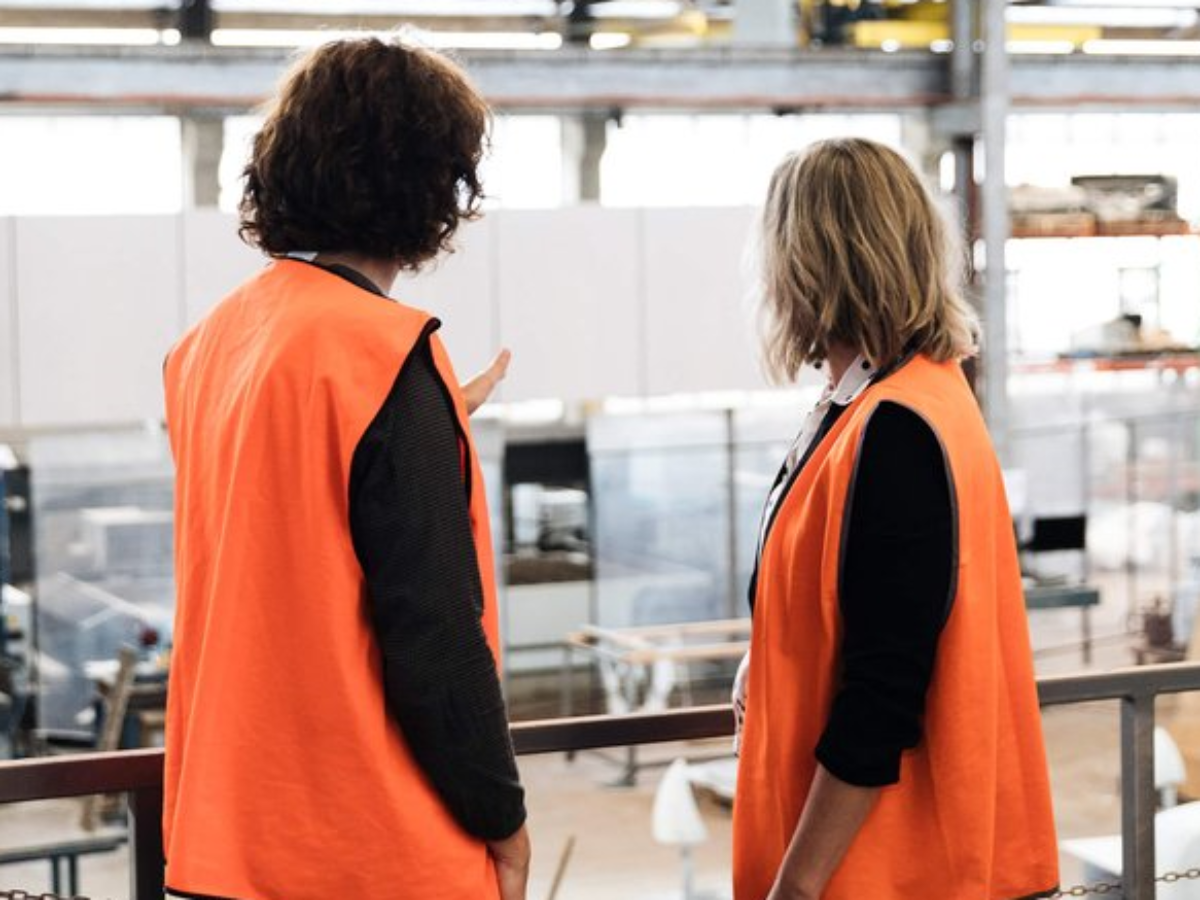How we can achieve net zero manufacturing?

The transition to net zero will affect all aspects of our manufacturing supply chain. We are at the precipice of a critical time for our sector as how we manage the manufacturing sector’s transition to carbon neutral is paramount to our future industry growth. The opportunities for the manufacturing industry are significant. By Shay Chalmers
This transition to net zero offers significant opportunity for our manufacturing industry. We need to ensure we look at the challenge holistically and apply a ‘Systems Thinking’ approach to this challenge by looking at opportunities across the entire supply chain. Carbon neutrality for manufacturing is not just about reducing emissions in the manufacturing process. We need to broaden our thinking for carbon reduction opportunities, from transport of raw materials through to remanufacturing at end of product life.
From Problem to Opportunity
This is the opportunity to turn the world’s biggest problem into an innovative construct. Australian manufacturers possess the all the skills required for this level of innovation. We are already seeing a significant upswing in businesses designing products to achieve our reduced carbon economy. It is bringing significant opportunities for our innovative, agile manufacturing industry to demonstrate how we can meet global expectations regarding emission reduction.
The change we need for our carbon neutral society has already begun with companies taking their role in the innovation of the future.
-
Carbon capture devices are being locally designed and manufactured to enable offsets for businesses.
-
New ground-breaking technologies like seamless composite piping manufactured in situ to transport Hydrogen and Carbon Dioxide are coming onto the market.
-
Batteries and electrolysers being designed not only to be remanufactured at end of life, but also capable of being manufactured closer to the consumer to reduce transport emissions.
These types of products, made in Australia, are going to be essential to our lower emissions economy.
Australia’s Unique Standpoint
Australia is in an enviable position with access plentiful renewable energy resources; this can attract a premium on goods that demonstrate sustainable providence. Our industry needs help to understand how to leverage this opportunity and support to help measure our impact as a competitive advantage.
The Benefits of Decentralisation
We are seeing manufacturing businesses actively minimising the environmental impact of a product across its entire lifecycle, from design using sustainable raw materials to designing for remanufacturing at the end of a products lifecycle. This is impacting on the way we distribute our manufacturing locations. Trends of decentralisation enable manufacturers to be closer to customers and manufacture in smaller lots matching what customers want, rather than volume runs that lead to dumping stock in land fill, and consequently polluting waterways. Being local, manufacturers are closer to support, maintain and remanufacture their products. All these factors have an impact on lower carbon emissions during the product life cycle.
According to the World Resources Institute, in 2016 Iron and Steel manufacture contributed 7.2% of the world’s Greenhouse Gas Emissions; a significant contributor to the manufacturing sector’s emissions. This challenge could present a huge opportunity for Queensland. CSIRO’s Data 61 (A New Chapter, 2021) has identified Green Metal Manufacturing as one of the key emerging knowledge driven seed industries. It is predicted that by 2030, this industry alone could create over 15,000 FTE jobs. Queensland’s natural strengths in having abundant raw commodities, access to renewable energy sources and capabilities in advanced manufacturing provide the state with a strong national, and potentially global, comparative advantage for green metal manufacturing according to Data 61.
The best support we can provide our manufacturing industry is to leverage public demand as a driver of innovation through policy design aimed at supporting growth of manufacturers achieving lower emissions. With the right policy settings and by incorporating incentives for businesses to invest in carbon neutrality in the procurement space, we can encourage manufacturers to innovate in this space. But first, we need to educate our industry on the global trends in decarbonisation, help our manufacturers appreciate the threats and the enormous opportunities, and support them through the implementation of sustainable practices.
Shay Chalmers is a keynote speaker and engineering management professional with years of global experience in the manufacturing environment. She holds a Bachelor’s and Master’s Degree in Engineering Management, and has held leadership roles in a steel mill in the USA, and with Cook Medical in production, process engineering and project management.
This article first appeared at Chalmers’ website and has been reproduced with permission. View the original version here.
Subscribe to our free @AuManufacturing newsletter here.
Topics Analysis and Commentary
@aumanufacturing Sections
Analysis and Commentary Awards Defence Manufacturing News Podcast Technology Videos










